Its Personal Aesthetics vs the Algorithm
Understanding the Politics of Taste While Admiring Some Hijab Mohawks and Bling iPod Belts
This newsletter comes out somewhat late and in the midst of a fashion month characterized by the "who-will-go-to-Chanel" rumor mill. Alessandro Michele was off this list early enough, smartly tapped by Valentino, and his first collection for the brand had no less than 168 looks to choose from. While we are to this, Michele is one of the few designers who still offers an aesthetic that is instantly recognizable, rather than items full of external influences and trends.
Funnily enough, in Wikipedia, "good taste" redirects to the "aesthetic taste" page, which is a philosophical note on the overall taste experience by itself.
All this made me reflect on how we place significant importance on seemingly objective ideas of taste in a culture saturated with imagery, and the dangerous impact this has on our identities, communities, and politics. Maximalism or minimalism, the answer might be trickier than we think.
In her book "Bad Taste: Or the Politics of Ugliness" Nathalie Olah questions how minimalism became a virtue and who can afford to embrace it truly. Are we required to adhere to a specific aesthetic based on an inherent class distinction in the fashion world? Do we really buy what we like? (No.) She calls for breaking free from the restrictive ways we perceive those around us.
Has the algorithm flattened our online aesthetic world? Kyle Chayka, the author of "Filterworld: How Algorithms Flattened Culture" has been writing for years about how the culture of big social media platforms bleeds into real life, first affecting appearances, and now shaping how and what culture is created, along with the mechanisms by which it spreads globally. He believes that Filterworld, a term he uses to describe the dominance of algorithmic recommendations in culture, has pushed society toward a soulless uniformity in tastes. In short, we are all taught to like the same stuff.
More than ever, in fashion online, social media numbers (clicks, likes, shares, retweets, etc.) seep into everything as a shorthand for understanding status and thus shape aesthetic decisions.
So how can we escape uniformity hidden within ever-changing yet somewhat similar trends? Sticking to our deeply personal, even though currently “unfashionable” aesthetic, as Michele does, might be the most revolutionary act ever
Regular fashion gems below:
The Celine-worthy dress style of painter Lee Krasner.


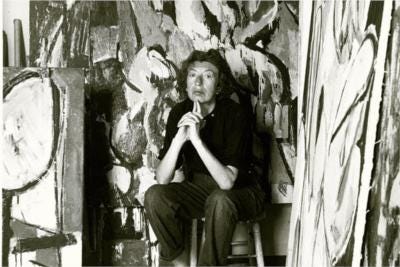
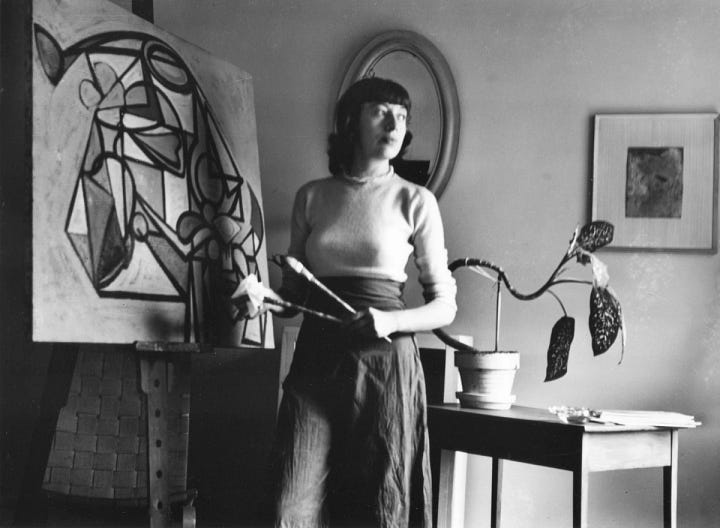
Perhaps the coolest thing online, the hijab mohawks first conceived by Tesnim Sayar.

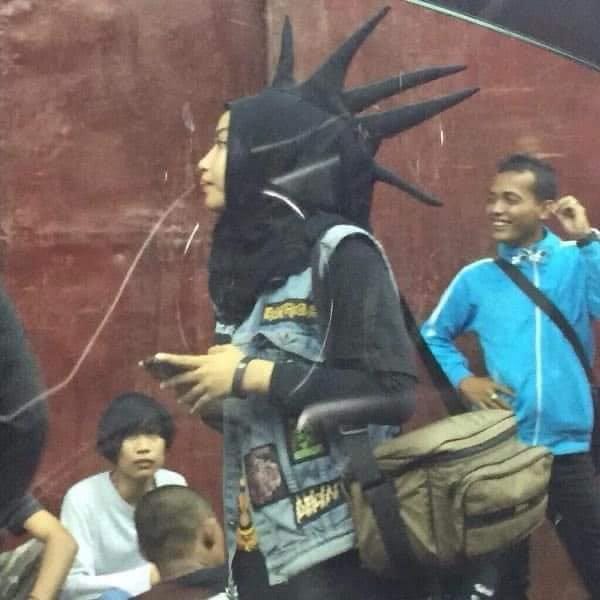
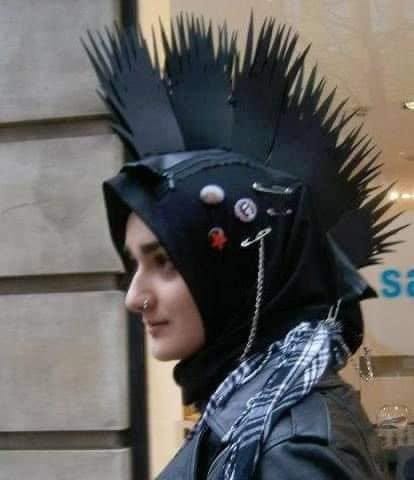
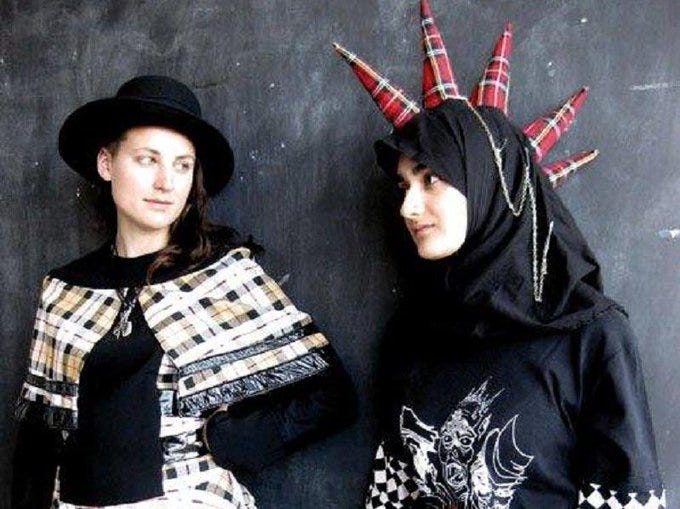
The fitting looks for @yeule styled and lensed by @namevarg.


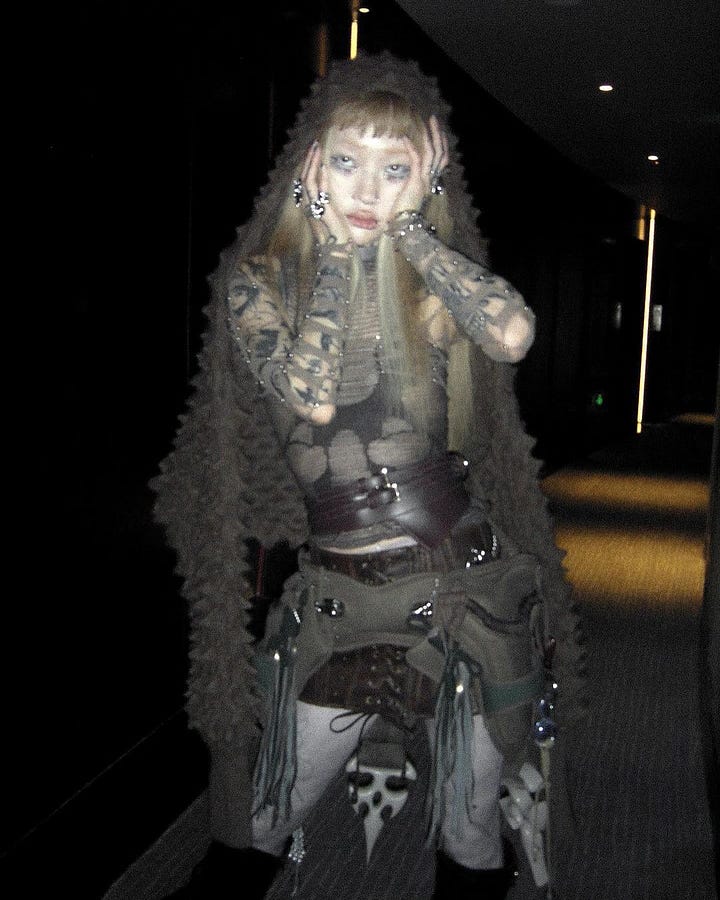

The Sculpture of Emotions collection photos by Paradigme Carré.




Dresses made from old books, by French designer Sylvie Falcon.

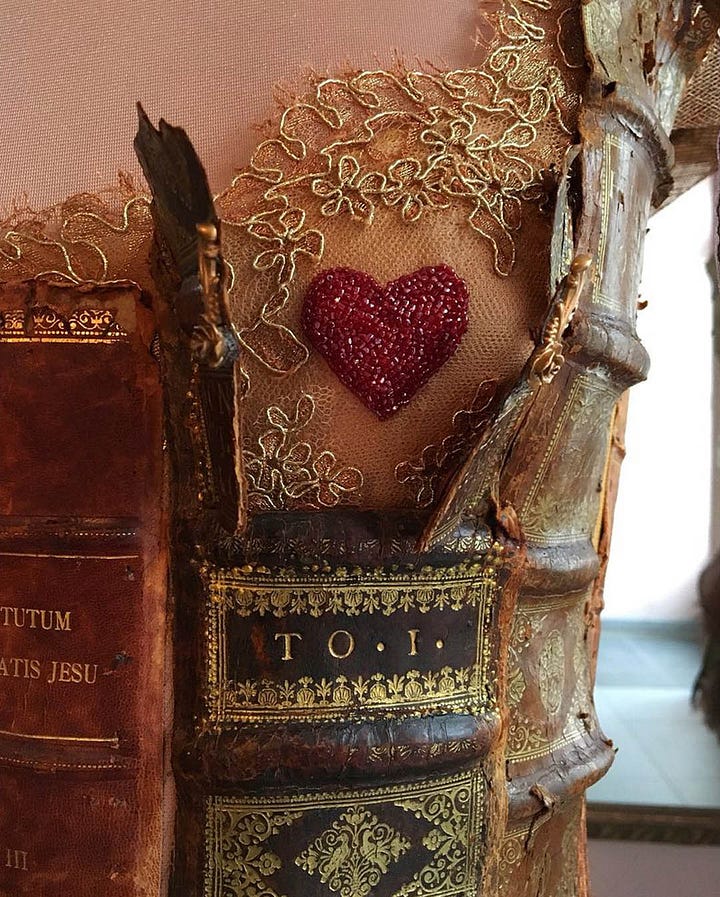
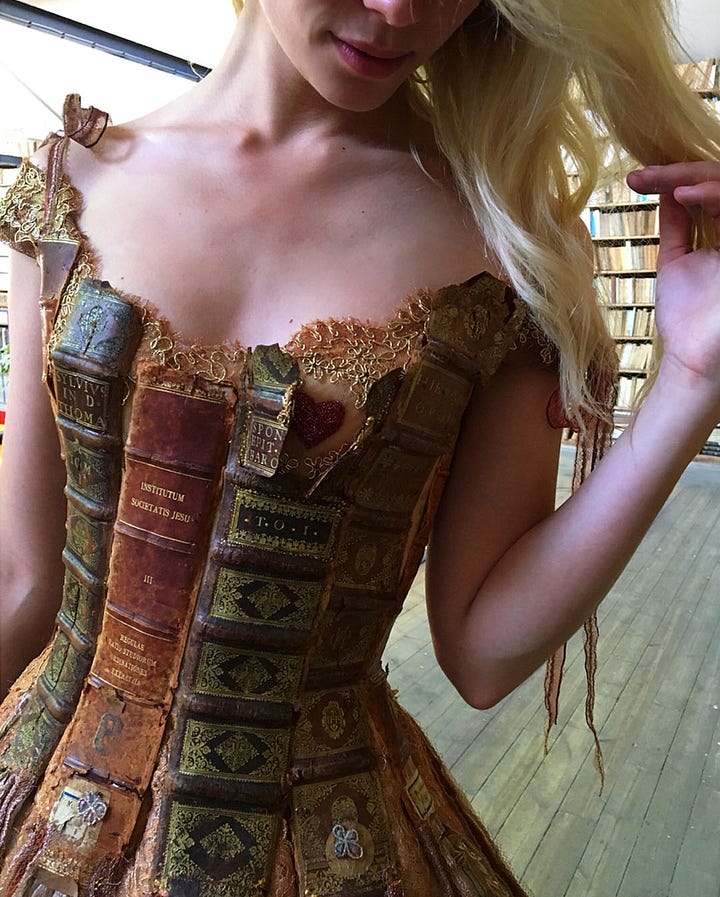
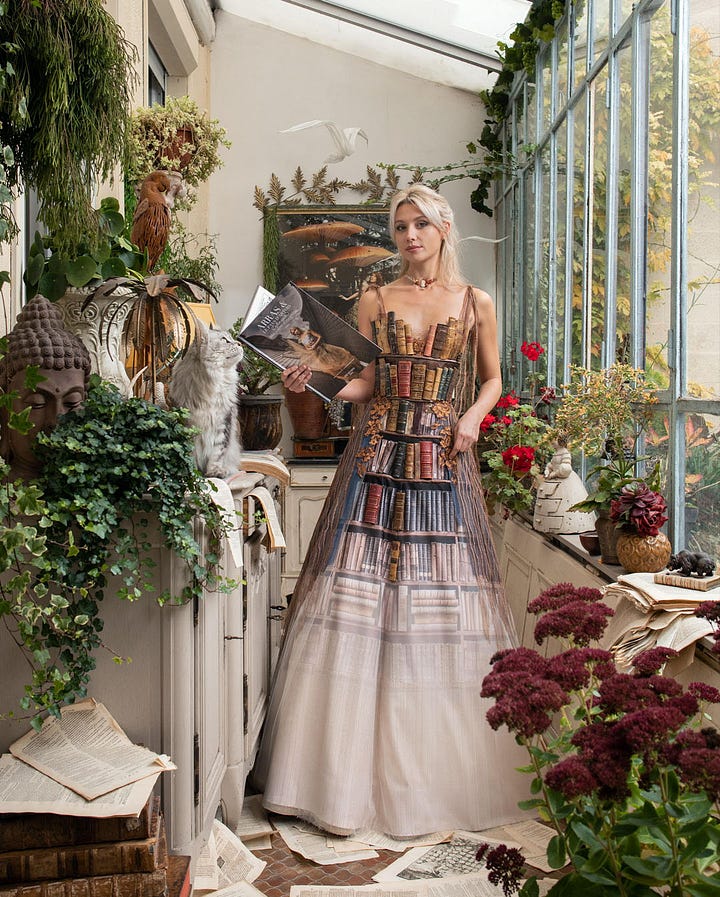
The Valentino bling iPod aptly spotted and posted by Breana here on Substack.
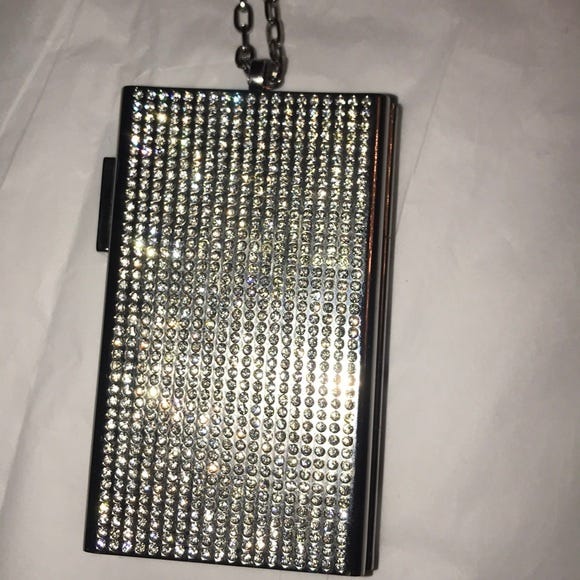

It’s fashion month so don’t forget your true fashion mood:




loved reading this as i’ve been thinking much the same thing particularly regarding social media and what i’m calling compressed uniformity: everything’s the same, everyone dresses the same. it’s wild